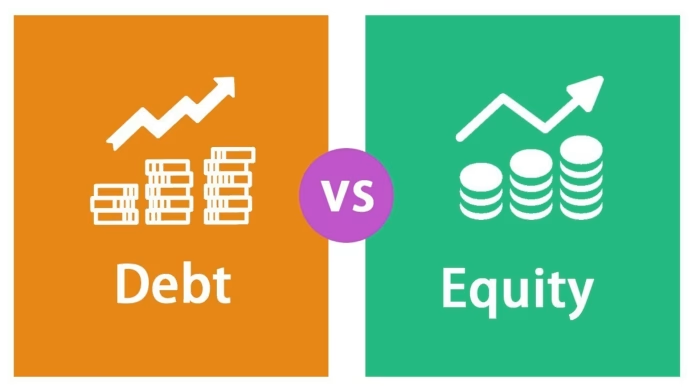Starting and running a food business can be a challenging task, especially when it comes to financing. Most entrepreneurs face the dilemma of whether to opt for equity-based funding or debt funding. Both these funding options have their pros and cons, and it is important to understand which option suits your business needs the most.
Funding is crucial for a food business to start, grow, and expand. It allows the business to invest in the necessary equipment, infrastructure, technology, marketing, and talent. Proper funding can help the business weather unexpected challenges, such as supply chain disruptions, equipment breakdowns, and other unforeseen expenses.
It can also provide the financial cushion necessary to sustain the business during its early stages, when it may not be profitable yet. Adequate funding can also help a food business to scale its operations, reach new markets, and ultimately increase profitability.
Equity-based funding and debt funding are the two main types of financing options available to businesses. Equity-based funding involves selling a portion of the ownership of the company to investors in exchange for capital, while debt funding involves borrowing money from a lender and paying it back over time with interest.
This will aim to provide an in-depth analysis of equity-based funding and debt funding for food businesses, highlighting their Advantages and Disadvantages, benefits and drawbacks.
Equity-Based Funding:
Equity-based funding involves raising capital by selling a portion of your business to investors in exchange for their investment. In other words, you are giving up ownership of your business in exchange for money. This option is desirable to entrepreneurs who are looking to raise a large amount of capital quickly and who are willing to share control of their business with investors.
Advantages of equity-based funding:
1. No repayment obligations: Equity-based funding does not require any repayment, unlike debt financing which involves paying back the borrowed amount with interest.
2. Shared risk: Equity financing enables the business to share the financial risk with the investor. In the event of business failure, the investor bears the loss along with the entrepreneur.
3. Access to expertise: Equity investors may bring a wealth of experience and expertise to the business, providing valuable guidance and support.
4. No collateral requirements: Unlike debt financing, equity financing does not require any collateral, such as personal assets, to secure the investment.
Disadvantages of equity-based funding:
1. Loss of control: When a business raises equity, it gives up a portion of ownership and control to the investors.
2. Costly: Equity financing can be expensive, as investors typically expect a high rate of return on their investment.
3. Dilution of ownership: Raising equity means diluting the ownership of the existing shareholders, which can lead to a loss of control and decision-making power.
4. Sharing of profits: Equity financing means sharing the profits with the investors, as they are entitled to a share of the company’s earnings.
Debt Funding:
Debt funding, on the other hand, involves borrowing money from a lender, usually a bank or financial institution, and paying it back with interest over a specified time. This option is particularly attractive to entrepreneurs who want to maintain control of their businesses and who are confident in their ability to generate enough revenue to pay back their loans.
Advantages of debt funding:
1. Retained ownership: Debt financing allows business owners to maintain ownership of their business, as the lenders do not have any ownership or control over the business.
2. Fixed payments: Debt financing involves fixed payments, making it easier for business owners to plan their cash flow and budget accordingly.
3. Tax benefits: The interest paid on debt financing is tax-deductible, which can result in lower tax bills for the business.
Disadvantages of debt funding:
1. Interest payments: Debt financing involves regular interest payments, which can add up over time and increase the overall cost of borrowing.
2. Collateral requirement: Many lenders require collateral to secure the loan, which can be a risk if the business is unable to make the payments and the collateral is seized.
3. Creditworthiness: Lenders often consider a business’s creditworthiness when deciding whether to lend, which can be a challenge for startups or businesses with poor credit.
4. Limited funding: Lenders may be hesitant to provide large amounts of funding, which can limit the growth potential of the business.
Deciding between equity-based and debt funding for a food business requires careful consideration of various factors. It is important to assess the financial needs of the business, the potential risks and rewards, and the overall impact on the company’s long-term goals.
While equity-based funding offers greater flexibility and potential for growth, it also involves sharing ownership and profits with investors. On the other hand, debt funding offers greater control and avoids diluting ownership, but also involves higher interest payments and strict repayment schedules. Ultimately, the decision should be based on the specific needs and circumstances of the food business and should be made after consulting with experienced financial advisors and investors.





